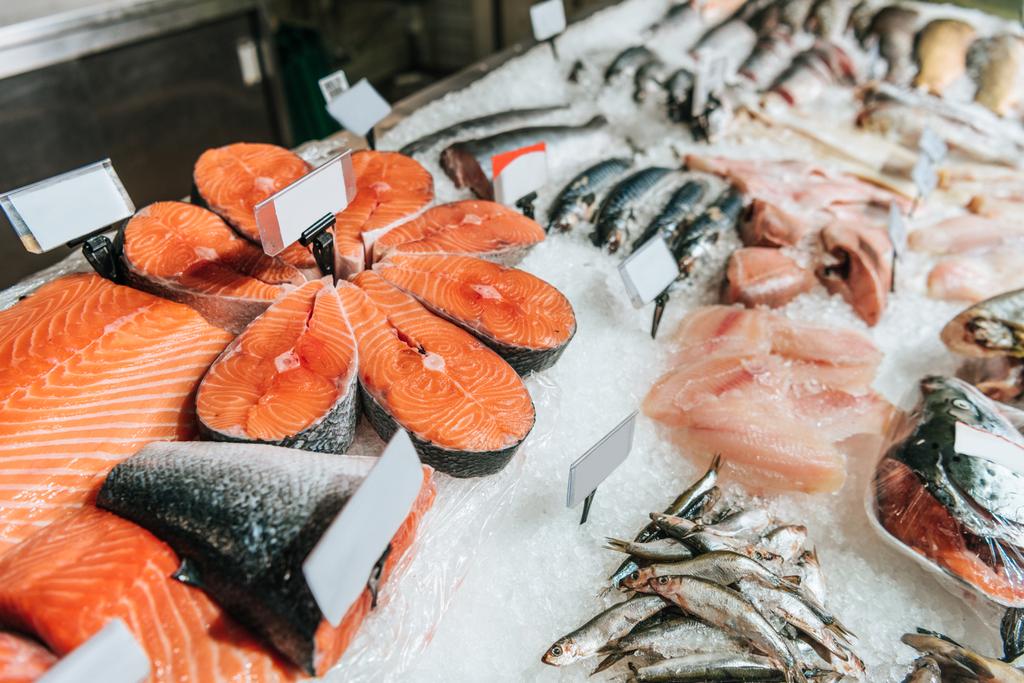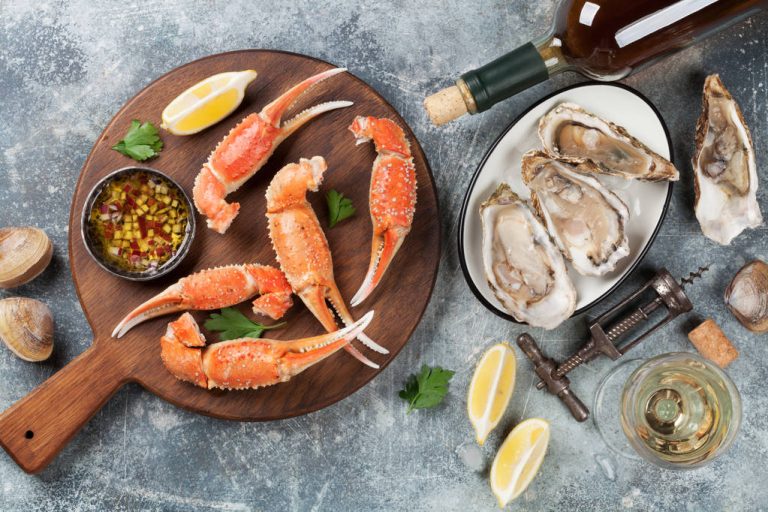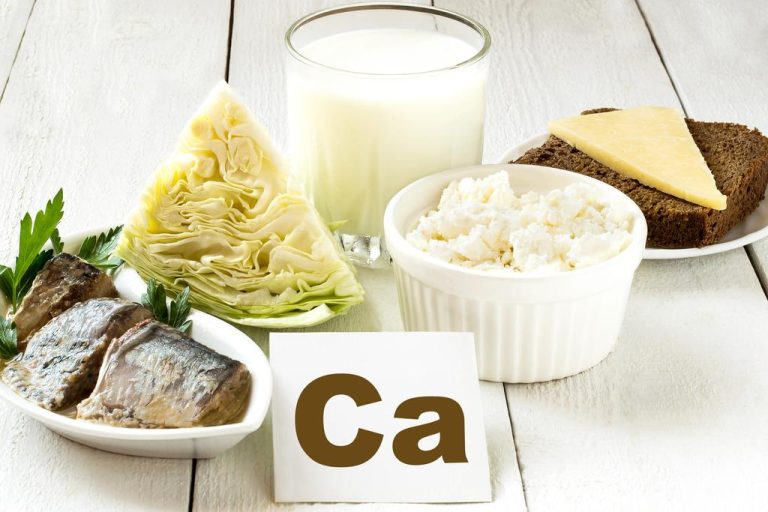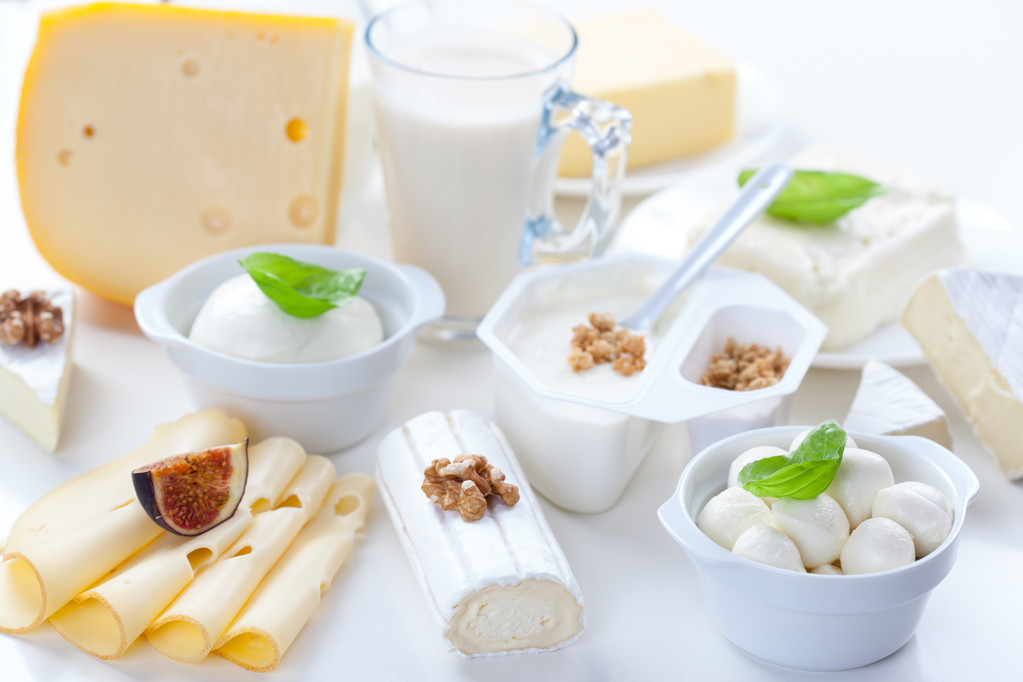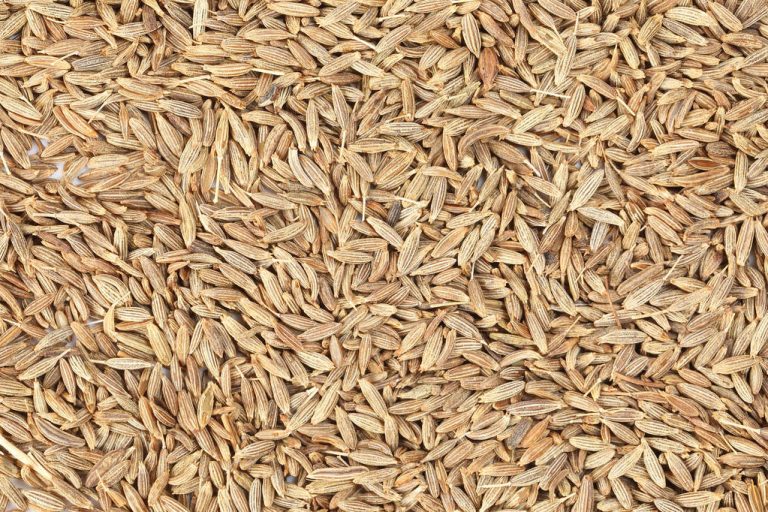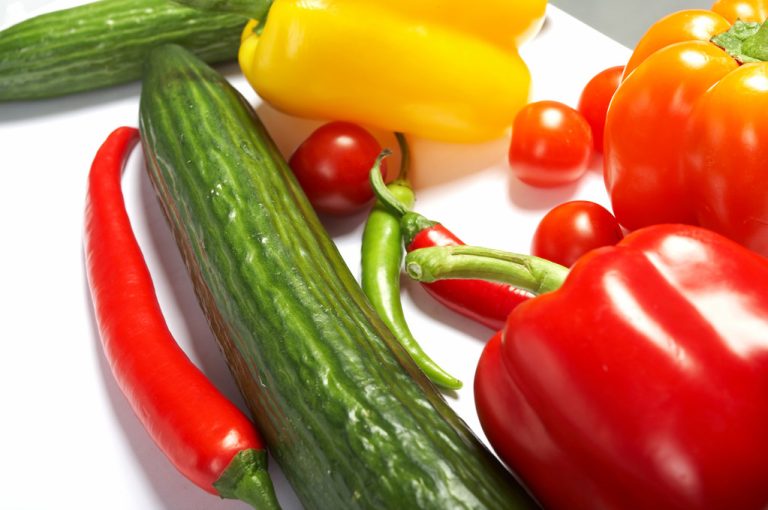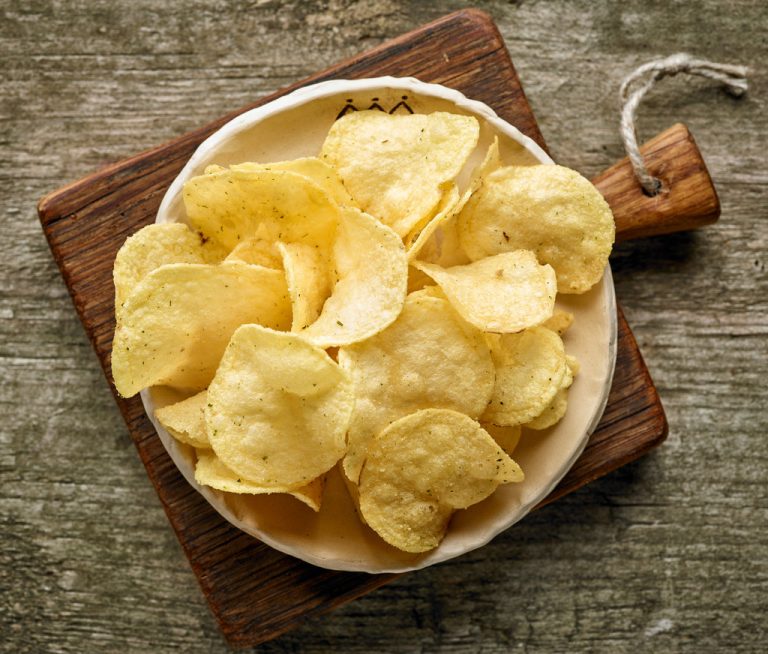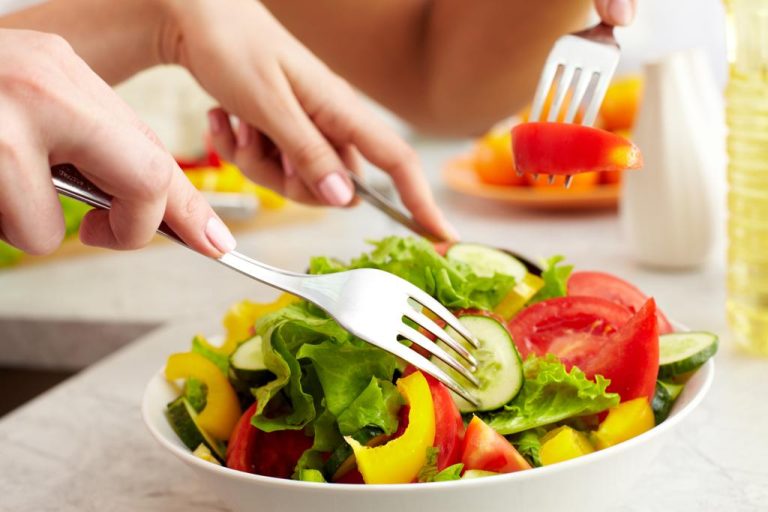How well does your body utilize vitamins and minerals from food and dietary supplements? To find out, it is important to know your own bioavailability.
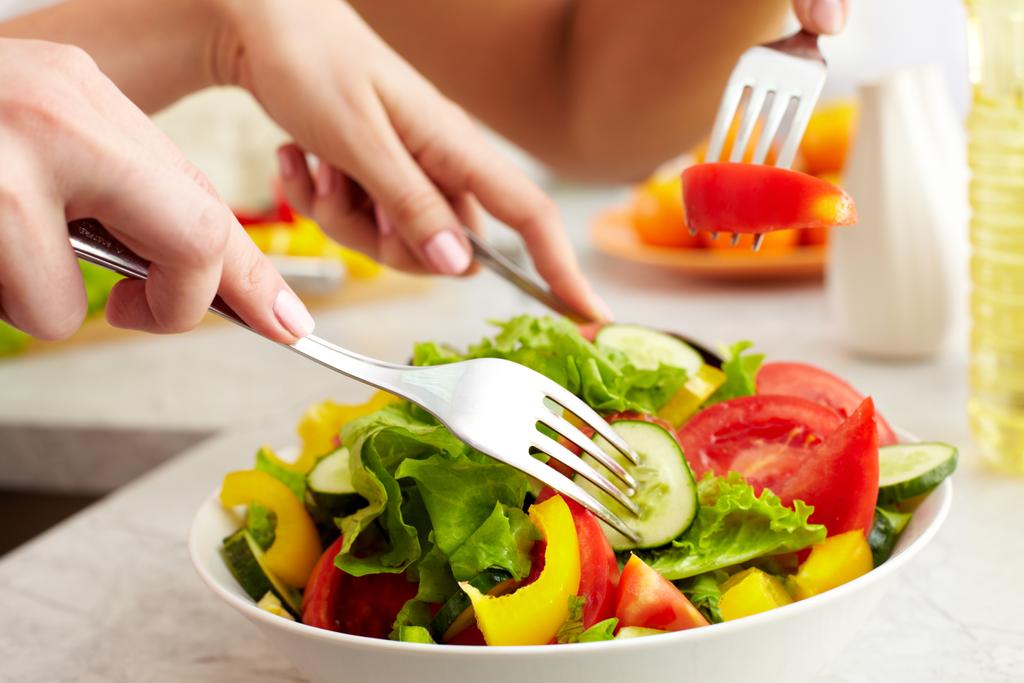
What is bioavailability and how does it affect nutrient deficiencies?
One speaks of bioavailability when it comes to how well certain substances, including micronutrients such as vitamins and minerals, can be absorbed by the body. In other foods, vitamins and minerals are integrated into the respective cell structure. They are part of the so-called food matrix. Bioavailability refers to how easily substances are released in the body and in what quantities they can be absorbed, absorbed and used further.
In the form of dietary supplements, you can take vitamins, minerals and other substances in concentrated form to supplement your diet. The substances are usually not integrated into a matrix, but are present in an isolated form. The body thus has easier access to the supporting substances and can continue to use them directly because it no longer has to decode the matrix.
When dosed correctly, dietary supplements are no more unhealthy than the naturally occurring vitamins and minerals found in food. The chemical structures are identical. Therefore, the human organism cannot differentiate between the two. However, according to Verbraucherzentrale.de, the products are neither tested for effectiveness nor for safety by the manufacturers or official authorities and can be harmful to health in the event of an overdose, previous illness or in combination with medication.
Possible reasons why the bioavailability can be disturbed
There are certain factors and nutrients that can significantly affect bioavailability, making it difficult or impossible for the nutrients contained in a food to be utilized. These can interfere with the digestion of micro and macro nutrients
they compete for the same transport system,
change the chemical form of the nutrients contained in food,
which bind nutrients and make them unusable for the receptors in the small intestine.
In addition, the following factors influence bioavailability:
ingestion of alcohol
Physical activity, stress, illness
Previous operations of the gastrointestinal tract
The health of the intestinal flora
The additional intake of medication or dietary supplements
The duration of chewing food
The combination of foods
age and gender
Possible consequences of a nutrient deficiency with disturbed bioavailability: Iron deficiency can lead to general weakness, a weakened immune system and impaired brain function. Calcium deficiency manifests itself in the long term as osteoporosis. In adults, vitamin D deficiency leads to muscle weakness, a weakened immune system, weak bones and an increased risk of fractures and cancer. Children may experience stunted growth and weak bones. Common symptoms of vitamin B12 deficiency are enlargement of red blood cells, impairment of brain functions and increased homocysteine levels, which can lead to various diseases.
Which substances inhibit bioavailability?
Bioavailability can deteriorate not only through the wrong food supplements, but also through food. Alcohol, coffee and vitamin B1 impair the absorption and utilization of vitamins. Another factor that can negatively affect bioavailability is the battle of two nutrients for the same absorption pathway, according to a study by the University of Chile. For example, copper and iron inhibit the absorption and processing of zinc.
Oxalic acid inhibits the absorption of iron, zinc, magnesium and calcium. It is found, for example, in spinach, chard, rhubarb, almonds and sweet potatoes. Tip: If you enjoy eating these foods, heat them up before eating to reduce the oxalic acid content.
Phytates are found in grains, legumes, seeds and nuts, which should actually be on the daily menu. Tip: By soaking, fermenting or sprouting you improve the bioavailability of these foods.
Protease inhibitors are found in legumes. They can significantly reduce the bioavailability of protein-rich foods by inhibiting the metabolism of protein-splitting enzymes.
Lectins are also considered disruptive. The substance can cause inflammation in the intestines. It is found, for example, in legumes, cashew nuts, peanuts, cereals and tomatoes.
Polyphenols are found, for example, in tannins (tannins), coffee, green or black tea. They can reduce bioavailability if consumed with a meal.
To avoid such reactions, you can pay attention to the ingredients on the packaging when buying food. If these substances are present, you may want to look for an alternative.

This improves the bioavailability
When choosing, preparing and assembling food, keep a few basic things in mind in order to be fully productive again and to fully exploit the nutrient potential of your healthy and varied diet.
Good combinations for optimal nutrient absorption would be:
Oatmeal with fruits, nuts and seeds
Cereals with orange juice or vegetables rich in vitamin C
Lentils or beans with parsley and paprika
Spinach with lemon or fruit
Some vitamins and minerals can influence each other and increase bioavailability: For example, calcium with vitamin D or iron with vitamin C. Legumes should always be cooked before consumption, as they are toxic when raw and can cause intestinal inflammation. Tip: You can also increase your bioavailability with sunshine vitamin D.

